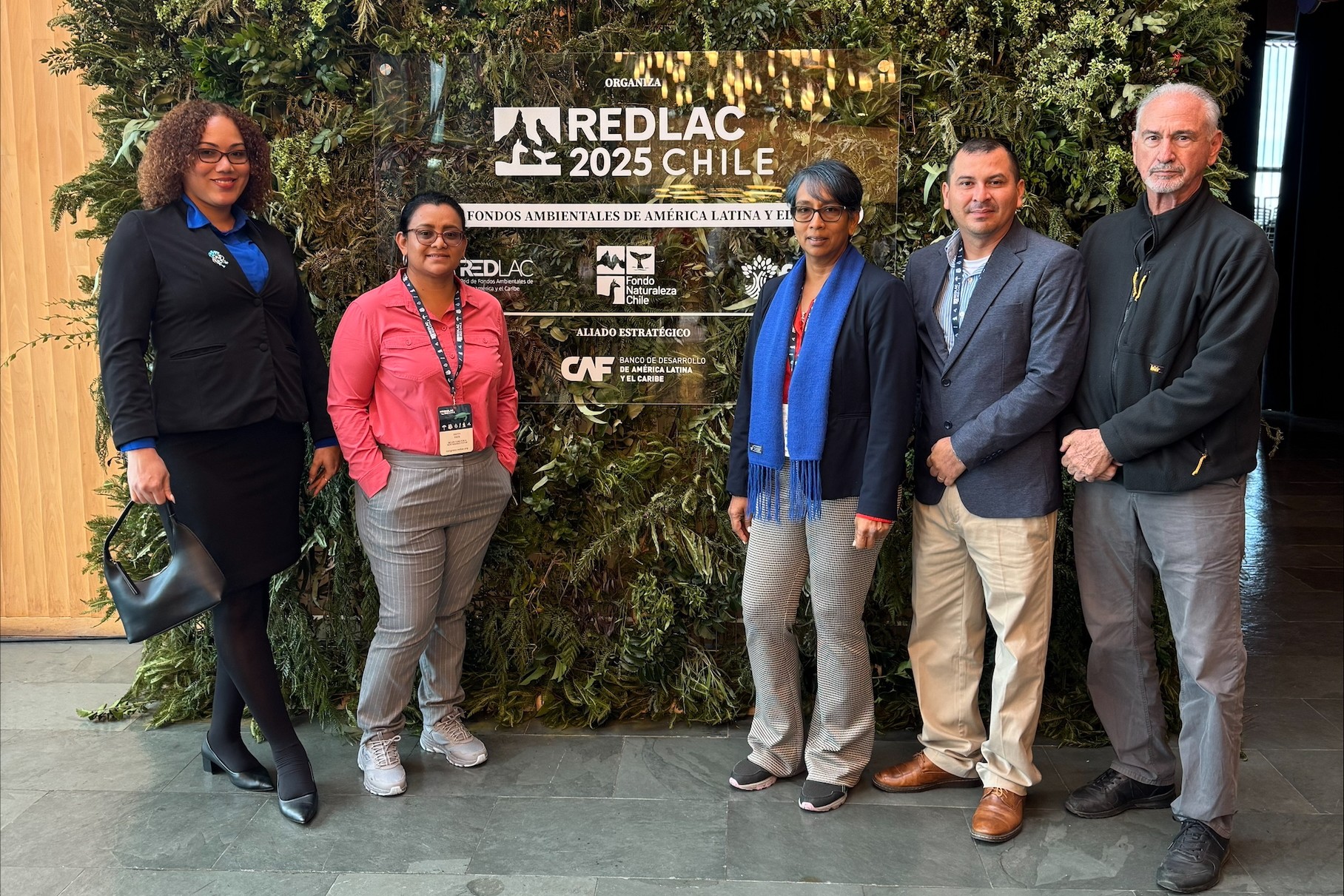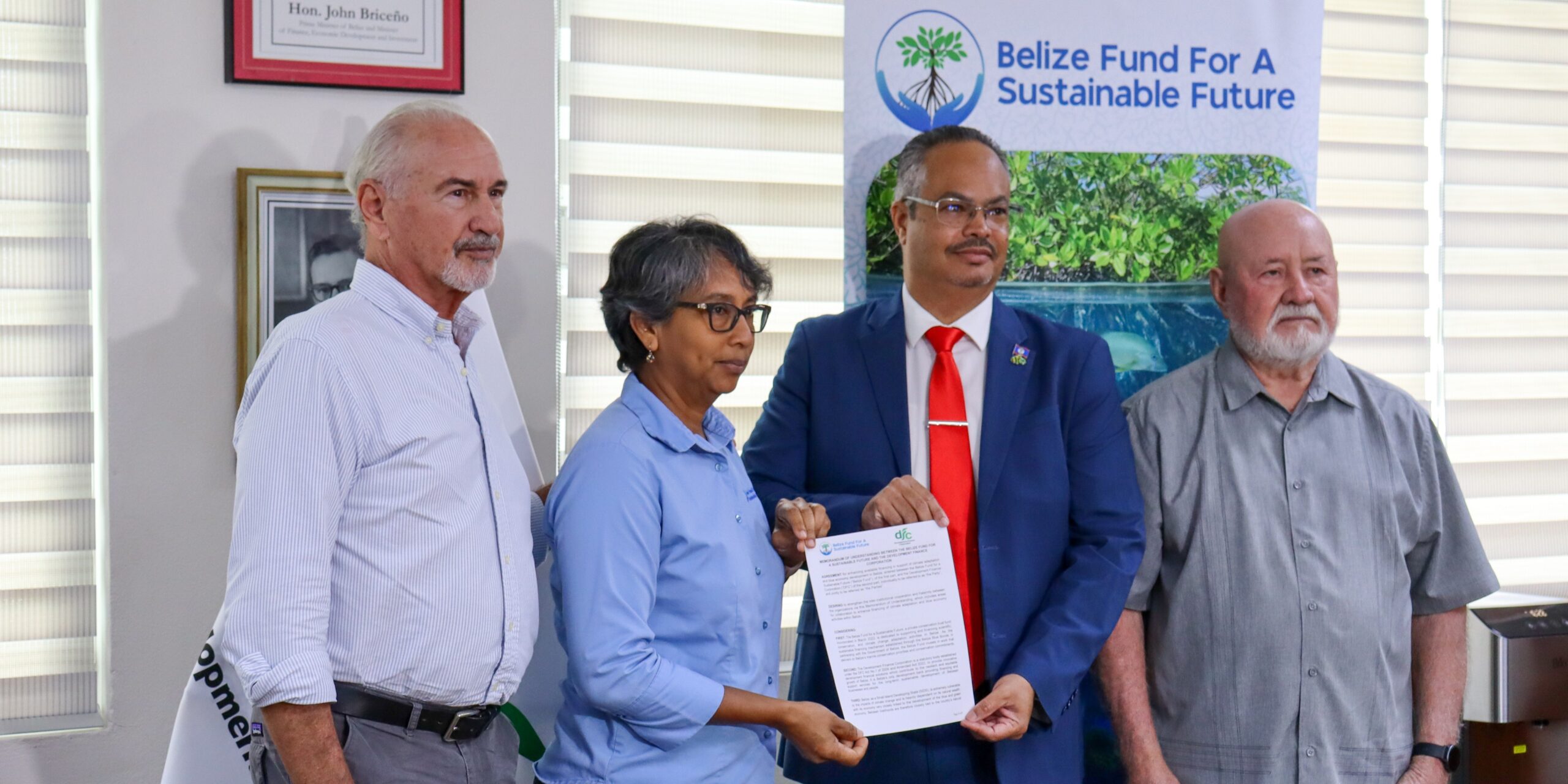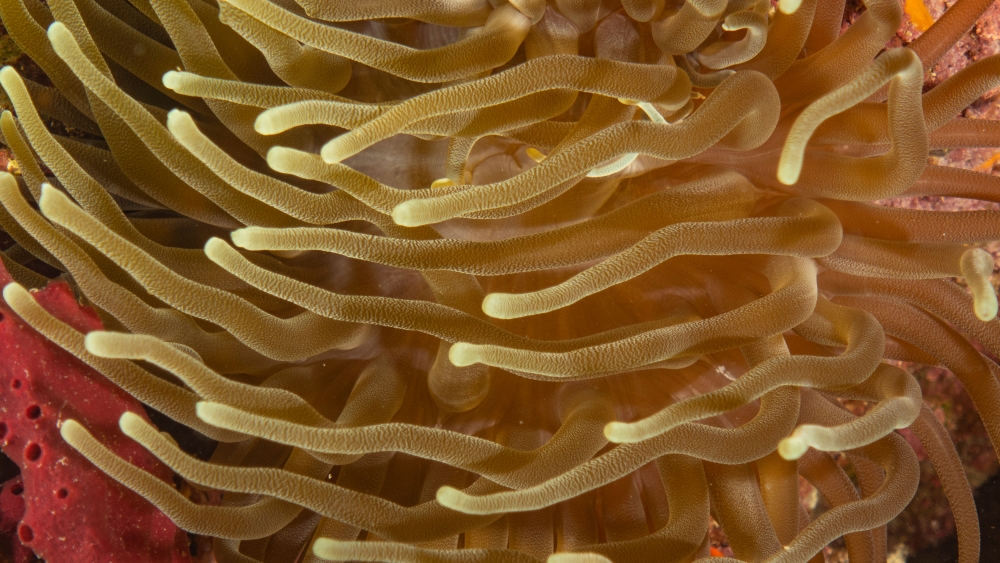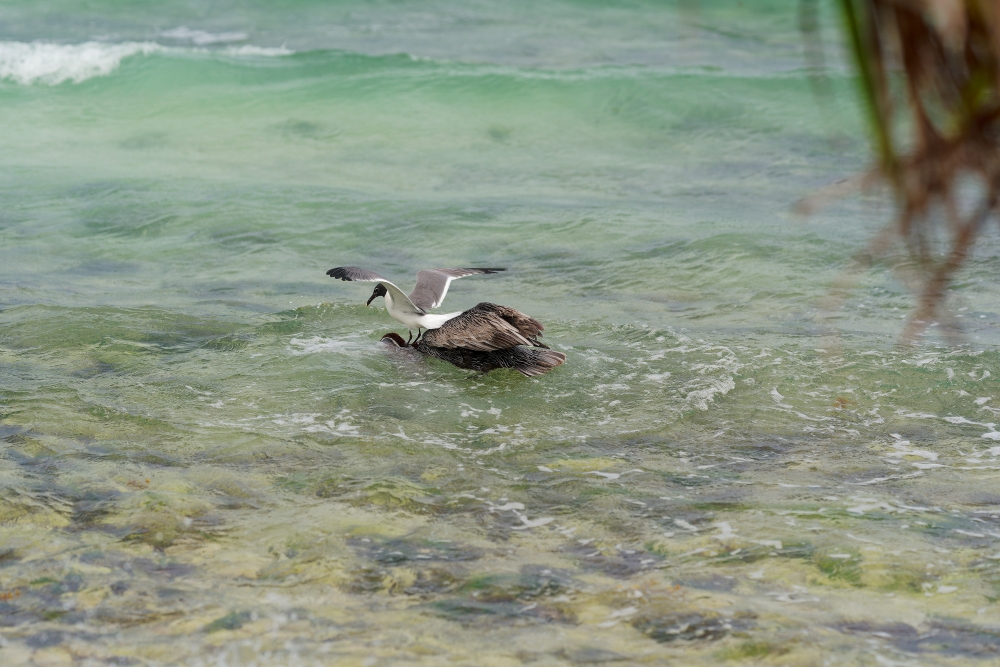(City of Belmopan, November 26, 2025) – The University of Belize (UB) and the Belize Fund for a Sustainable...
The Belize Fund joined Conservation Trust Funds (CTFs) from across Latin America and the Caribbean atRedLAC Congress 2025, sharing...
Belmopan City | July 29, 2024 – The Development Finance Corporation (DFC) and the Belize Fund for a Sustainable...
For small countries like Belize, where the ocean supports more than half of our economy and livelihoods, the global...
Elizabeth Avila Muschamp remembers the first time she saw a whale shark. Back in 2008, while floating in a...
In the coastal communities of Belize, before dawn breaks, the fishers are already preparing their boats. But these days,...
Approximately three years ago, Belize made big promises on the global stage to the ocean and to its people....
Wildtracks has officially completed its new Wildlife Rehabilitation Facility, a major step forward for wildlife conservation in Belize. This...
The Belize Fund is a private conservation trust fund established in 2022 through funding from the Belize Blue Bonds....
In our 3rd Call for Proposals, concept papers were accepted on 25th August 2024, through our Grants Application Platform....










